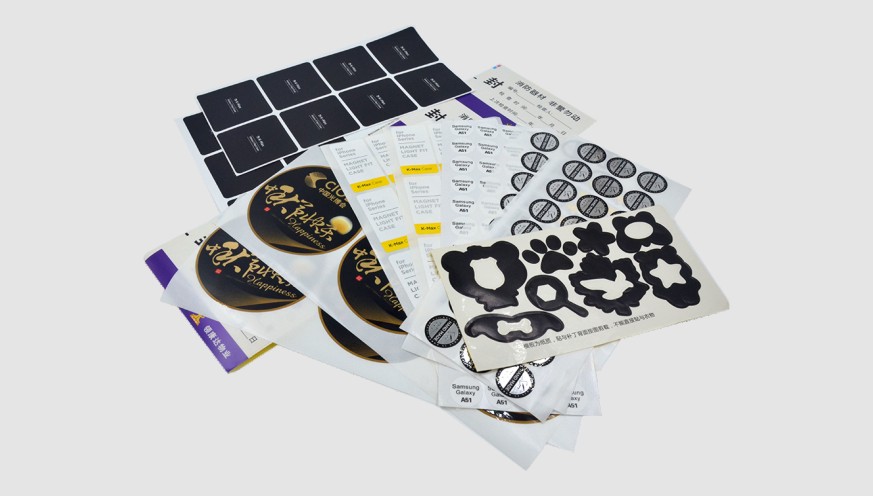Computer-controlled, sticky label printing presses utilize flat and down pressure for high-precision die-cutting, dragging, and slicing. Three photoelectric eyes precisely track and position the printed label on both sides and longitudinally. Automatic labeling machines perform die-cutting, laminating, waste collection, slicing, or drumming in a single operation. They are ideal for die-cutting paper self-adhesive labels, polyester film labels, and laser anti-counterfeiting labels. REENYOUNG’s editor has compiled the following points to note regarding the printing process of sticky label printing presses:

1. Label shape design. Specially shaped labels are more susceptible to overflow than square or rectangular labels.
2. Several basic criteria for determining adhesive overflow before printing: When roll-type self-adhesive material is unwound on the press, if there is no or slight stringing between the upper and lower layers, the material is considered acceptable. Of course, you should also be aware of the temperature and humidity at your site. When sheet-type self-adhesive material is fed into the offset press’s feed table, if there is stringing or sticking between the upper and lower layers, the material is considered unacceptable, as it is on the press’s feed table. Paper Feeding: When feeding paper onto the paper table, stringing between the upper and lower layers can cause the self-adhesive material to shift, resulting in inaccurate overprinting.
3. Overprinting after printing and die-cutting: If the white material ends are severely adhered, stringing will be noticeable during printing and unwinding. This can lead to adhesive leakage around the label after die-cutting. It should be noted that adhesive leakage is also related to the displacement and shrinkage of the label on the base paper. During die-cutting or the rewinding process after die-cutting, label movement can cause adhesive leakage on one side of the label, while label shrinkage can cause adhesive leakage around the label.
4. Unwinding tension control: Due to differences in processing materials, production processes, and printing machines, it is unrealistic to provide a “correct” tension value. The results of tension control are ultimately reflected in the tightness of the roller. After confirming with the customer that it is acceptable, loosening the roll is the best practice. For printing (including in-line die-cutting), the lowest unwinding tension is preferred, provided it does not affect overprint accuracy and subsequent processing. Regardless of the processing technology used, the unwinding tension should be lower than the unwinding tension, and the tension ratio should not vary significantly. When picking up the die-cut roll with both hands and cutting, you can at least use your thumb to push the end surface up and down freely. If the die-cut roll looks like a “discus”, it must be that the winding tension is too high.
